HotSpots H2O: In Ethiopian Conflict, Water Insecurity and Disease Risk Escalate
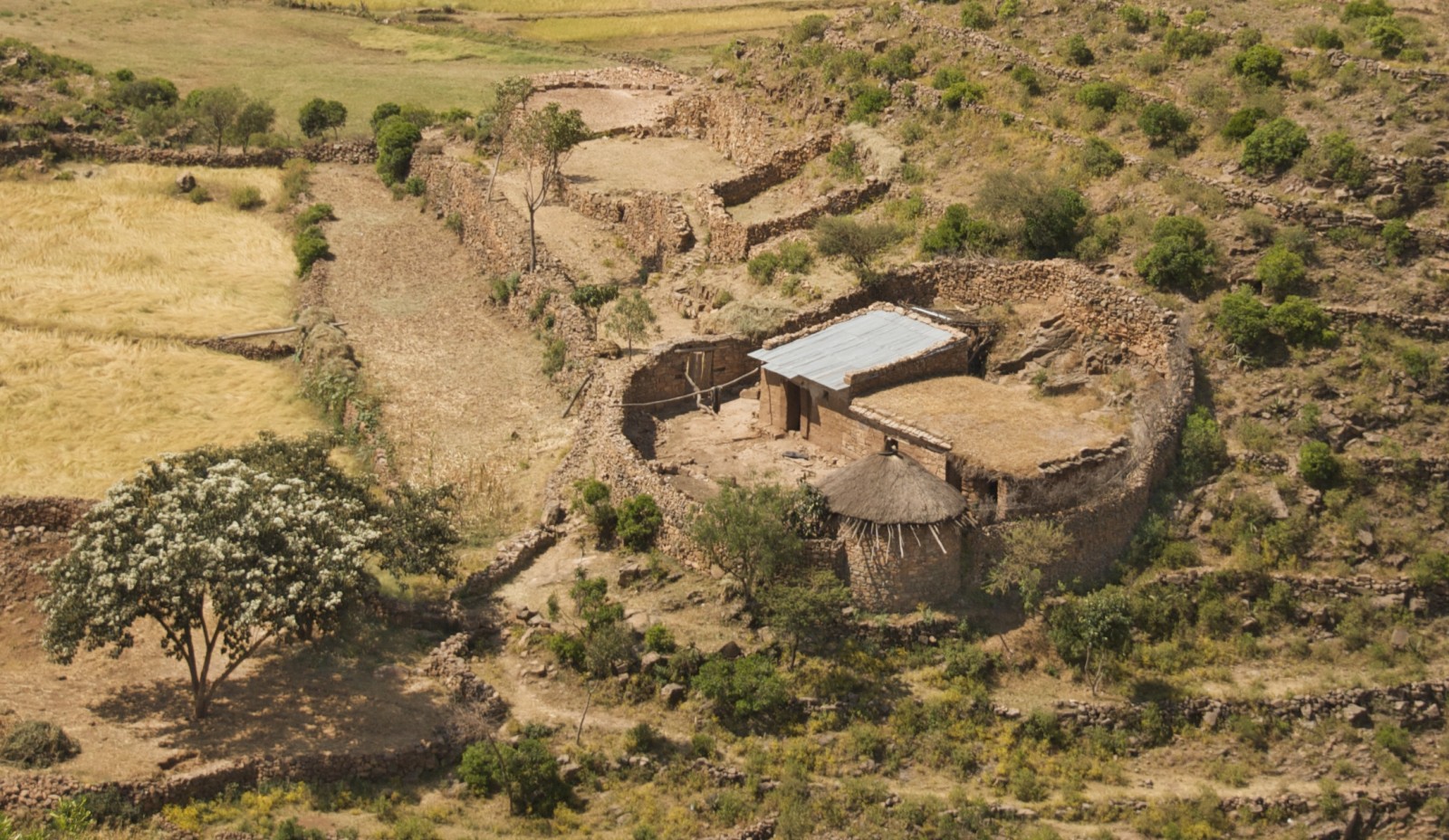
A farm in the Tigray region of Ethiopia. © A.Davey
Destruction to infrastructure in the Tigray region of northern Ethiopia has left people without access to clean water and increased the risk of fatal diseases.
After months of conflict between the Tigray People’s Liberation Front and the Ethiopian federal government, an estimated 2.3 million people in the Tigray region — almost half of the population — need food, water, and healthcare facilities, according to the United Nations. Since the conflict began in November, humanitarian aid groups have been prevented from distributing resources and supplies to the region largely due to bureaucratic delays, insecurity, and the lack of safe passage. Some areas, mostly cities, have received some assistance, but rural populations are harder to reach. This, along with complications with the harvest, has left communities vulnerable to hunger.
The provision of clean water has been seriously disrupted in Tigray state, Gidena Medhim, the vice head to the Water Resource Management Bureau for the Tigray administration, told the Ethiopian Press Agency. Equipment from water management offices has been looted or destroyed, and the Gereb Geba clean water dam project has fully halted.
The dam is meant to provide water for the city of Mekelle in the Tigray region, but during the unrest, workers left the facility and the dam stopped operating, according to Medhim. The city, already plagued by water insecurity, is the third-largest in Ethiopia.
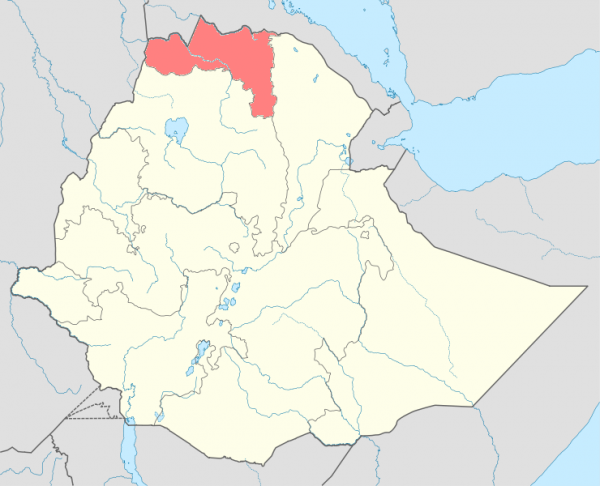
The Tigray region in Ethiopia. © Wikimedia commons
Amid the water crisis, people in Tigray are also at high risk for diseases, such as measles, malaria, and Covid-19, due to the lack of health services, according to the World Health Organization.
“With most disease-prevention activities interrupted, and based on what we know of past history of outbreaks, the risk of spread of Covid-19, measles, cholera…is very real,” said WHO emergency officer Teresa Zakaria. “However, without a functional disease surveillance system, we are not able to gauge the epidemiological situation and we are flying blind.”
Only four of the 40 hospitals in Tigray are physically accessible, and most have been looted and destroyed. Just one in five rural districts has access to health services and around 300 motorized water services are not functional, according to an OCHA situation report. Health aid organizations, such as WHO, have limited access to Tigray, and WHO officials warn that if this continues, there could be dire health consequences for the population.
The limited capacity to prevent disease outbreaks is accompanied by mass displacements and crowding at displacement camps due to the conflict. As of early January, there are over 222,400 internally displaced people recorded in the Tigray region and thousands of Eritrean refugees in four Tigray refugee camps — two of which have been unreachable by humanitarian aid since the conflict began. There needs to be unlimited access to refugees and camps in order to provide aid as soon as possible, according to UNHCR.
Elena Bruess writes on the intersection of environment, health, and human rights for Circle of Blue and covers international conflict and water for Circle of Blue’s HotSpots H2O.

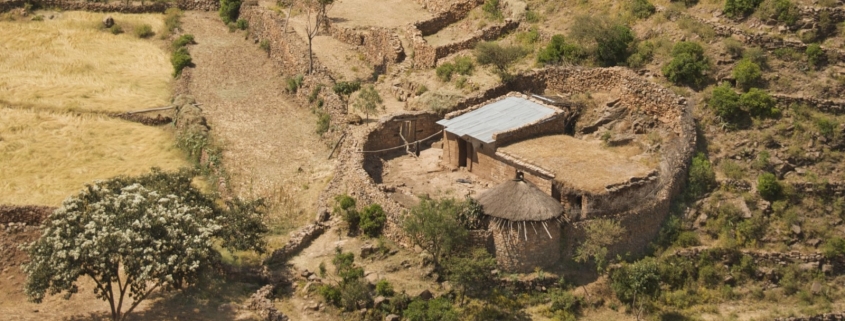

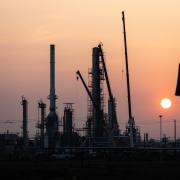

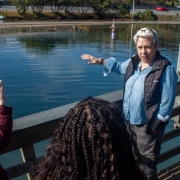
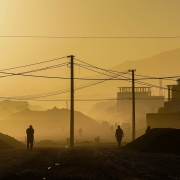

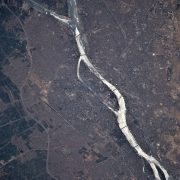




Leave a Reply
Want to join the discussion?Feel free to contribute!